2012-The Suskwa Watershed is one of nine watersheds encompassing Gitxsan hereditary lands that include segments of the Xsan (Skeena), Xsan Ando’o (Bulkley) and Xsu Gwatza Xho’t (Suskwa) Rivers, as well as numerous creeks and streams. Within the Suswka watershed there are four Gitxsan houses that are hereditary land owners: Wilps Luutkuziiwas/Xsimwitziin Lax se’el, Wilps Djogaslee/Axtii Tsex Lax se’el, Wilp Gyt?m Guldo Lax se’el, and Wilp Spookw/Yagosip/Yago Lahi Lax Gibuu.
The Suskwa watershed is an area rich with natural resources and ecological capital, spanning approximately 84,826 hectares in size and is located east and north of the Rocher De Boule Mountains, extending to the Hazelton area, eastwards to the Blunt mountain range, and includes the area from Natlan Peak to Mount Thoen. The Gitxsan people have relied on healthy fresh water ecosystems within the Suskwa watershed since time immemorial. The Suskwa watershed sustainability planning project provides a comprehensive plan on how this area can be developed and how the Gitxsan can benefit economically within their territory without compromising the natural balance that is a basis for Gitxsan culture.
The Suskwa Sustainability Project was undertaken in 2009 and 2010 with funding from the Government of Canada’s Community Adjustment Fund and provided to the Gitxsan Treaty Society by Northern Development. The project employed local Gitxsan residents and locally-based biologists and archaelogists to compile information on present land uses in the Suskwa to ensure that future development does not negatively effect the environment and delicate ecosystem. Some of the land use areas and resources that the Suskwa Sustainability Project focused on included fish and wildlife habitats, Lax Yip (invasive plants, medicinal plants, plant species, forestry, etc.), a GPS located inventory of culturally modified trees and historic traditional sites, and also Wilp or Gitxsan House profiles.
In recent decades, many members of the Gitxsan communities relied on forestry, sawmills, and fishing for employment. Largely due to a number of sawmill closures in northwest BC, and decline of the fishing industry, the unemployment rate in this area is double the provincial average. As a result, the Gitxsan Treaty Society is working to identify and develop projects that can generate renewed long-term prosperity within the Gitxsan Nation.



